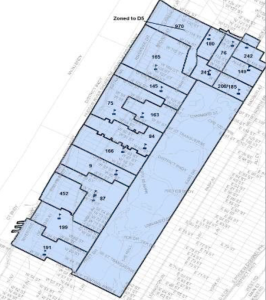District 3 Task Force
The District 3 Equity in Education Task Force
In 2012, The Parent Leadership Project (PLP) joined forces with educational leaders in Community School District 3 (CSD 3) to spearhead a district-wide task force to examine the inequality in CSD 3 schools. The task force includes educators, community leaders, parents, and education activists with the common goal of furthering equitable access for all students to all schools in our district.
After two years of engaging in monthly meetings, the Task Force has come to a consensus on a framework for creating a fair and equitable admissions policy in CSD 3. The framework is rooted in a community Controlled Choice admissions plan that will ensure that all our public schools reflect, respect, and serve the entire district’s families.
About Community School District 3
Community School District 3 runs along the West Side of Manhattan from 59th Street and 122nd Street. With a total public elementary and middle school student population of 13,200 and 32 schools, District 3 has been noted to be one of the most diverse districts in the City, as well as one of the most segregated.
In a district in which approximately 66% of public school students are students of color, many schools are segregated and have student populations that do not reflect the demographics of the district as a whole. Some schools are majority white students, while a number of other schools are overwhelmingly students of color. Schools with disproportionately high percentages of white students have strikingly low percentages of students who qualify for free and/or reduced lunch and schools with high percentages of students of color also have high percentages of free and/or reduced lunch students.
Not coincidentally, disparities in student SES levels are also matched by disparities in school budgets. Resources garnered largely by parent fundraising efforts have compensated for citywide budget cuts that impact, for example, arts and enrichment activities in schools as well as classroom resources. These programs, activities, and resources provide enormous advantages to students’ educational outcomes, as demonstrated by achievement levels on 4th grade English Language Arts (ELA) and Mathematics assessments.

